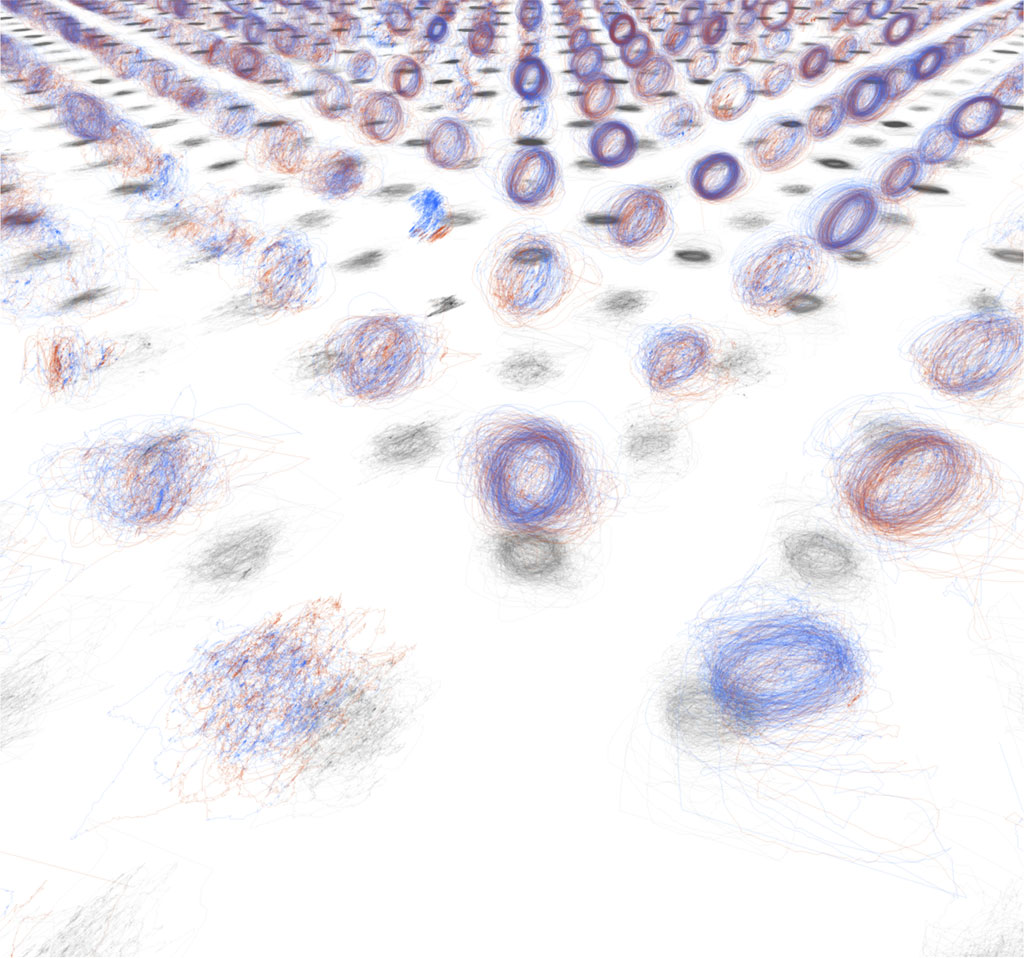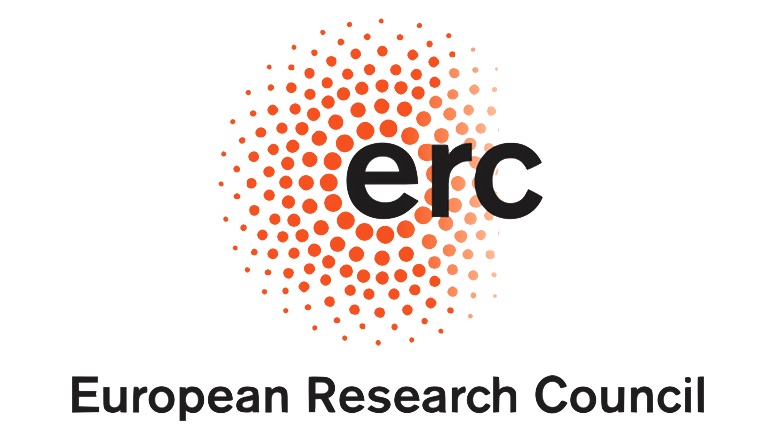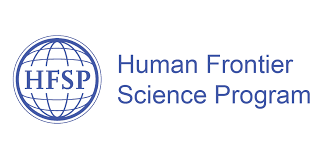We use imaging, machine learning, and molecular-level perturbations to understand physiology and ultimately treat disease. Our research focuses on using nematodes to model rare diseases and discover neuroactive molecules.
Behavioural phenomics is an attempt to capture behavioural diversity at a large scale. Diversity and scale are both important: if we can detect different kinds of behaviour changes in many conditions, it makes it possible to look much more broadly for molecules and genetic variants that affect behaviour than has been possible in the past. For our research we focus on the model organism C. elegans, a nematode worm with a well-characterised nervous system that shares many key neurotransmitters with us including dopamine, serotonin, and GABA among others. C. elegans is small enough that we can transfer animals by pipetting them in liquids which makes large-scale experiments possible. Microbes make many kinds of bioactive molecules that are a rich source of medicines. Some are known to affect neural function, but the vast majority are unexplored. Our approach to Behavioural Phenomics will make it possible to discover many more.
We are a multidisciplinary team featuring experts ranging from physicists to microbiologists. We have developed imaging technology and software that makes it possible to measure worm behaviour with a precision and at a scale that makes new kinds of experiments possible. Our focus is on using this capability to discover useful molecules and new uses for known drugs. To identify new neuroactive molecules we are looking at natural sources, especially bacteria and fungi, that we know produce interesting compounds (including many of our most important drugs) but that are understudied in terms of their effects on behaviour. To identify new uses for existing drugs, we make models of rare genetic diseases using C. elegans and study how they react to approved drugs to develop more effective treatments.
Faster behaviour experiments are driving drug repurposing experiments that may identify treatments for rare neurodevelopmental disorders. Large-scale screens of natural products will expand the neuroactive pharmacopoeia and may eventually lead to new drugs for psychiatric disorders.
“We use phenotypic screens in the roundworm C. elegans to model rare diseases and discover neuroactive molecules.”
The long-term goal of the Behavioural Phenomics lab is to use molecular level perturbations to modify neural states to understand physiology and treat disease. We work towards this goal by improving imaging and analysis methods to capture quantitative behavioural phenotypes and through experiments with chemical and genetic perturbations that affect those phenotypes. We are developing models of rare genetic diseases using the roundworm C. elegans and performing phenotypic screens to repurpose approved drugs and evolve effective drug combinations. We are also working to expand the neuroactive pharmacopeia by discovering diverse wild and engineered microbes that have effects on worm behaviour. Microbial natural products are underexploited as sources of potential neuroactive molecules and phenotypic screens in C. elegans offer an efficient way to explore this vast chemical space.
The Behavioural Phenomics lab includes scientists with diverse backgrounds from physics and engineering to microbiology and genetics. Our work combines behaviour and wet lab experiments with the development of new imaging technology and open source software.
Find out more at: https://tierpsy.com/

We build technology for large-scale behavioural screening. Using the nematode C. elegans, which is small enough to behave freely in 96well plates, we can run ten thousand behaviour assays per day. What is it good for?
Genetic diseases and drug repurposing: C. elegans has homologs for about half of human genes, and we can create new disease models in weeks. Our throughput allows testing of essentially all approved drugs in a day. This enables systematic, in vivo discovery of repurposing candidates, complementing in vitro and AI-driven approaches.
Psychopharmacology: Most first-in-class psychiatric drugs were discovered through phenotypic screens or serendipity. The shift to target-based R&D in pharma has coincided with a decline in productivity. Our platform delivers in vivo neuroactivity readouts with near in vitro throughput. We are exploring natural products from fungi (the next psilocybin?), plants (the next caffeine?), and bacteria (the next ivermectin?).
Neglected tropical diseases: Over a billion people suffer from nematode infections, with rising drug resistance. By combining synthetic biology with high-throughput worm screening, we aim to discover and engineer new worm-killing proteins.




E Rosenhahn*, TJ O’Brien*, MS Zaki, I Sorge, D Wieczorek, K Rostasy, A Vitobello, S Nambot, FS Alkuraya, MO Hashem, A Alhashem, B Tabarki, AS Alamri, AH Al Safar, DK Bubshait, NF Alahmady, JG Gleeson, MS Abdel-Hamid, N Lesko, S Ygberg, SP Correia, A Wredenberg, S Alavi, SM Seyedhassani, ME Nasab, H Hussien, TEI Omar, I Harzallah, R Touraine, H Tajsharghi, H Morsy, H Houlden, M Shahrooei, M Ghavideldarestani, GMH Abdel-Salam, A Torella, M Zanobio, G Terrone, N Brunetti-Pierri, A Omrani, J Hentschel, JR Lemke, H Sticht, RA Jamra, AEX Brown#, R Maroofian#, K Platzer#
Bi-allelic loss-of-function variants in PPFIBP1 cause a neurodevelopmental disorder with microcephaly, epilepsy, and periventricular calcifications
American Journal of Human Genetics 109:1421
*contributed equally; #co-corresponding
Barlow, L Feriani, E Minga, A McDermott-Rouse, T O’Brien, Z Liu, M Hofbauer, JR Stowers, EC Andersen, SS Ding, AEX Brown
Megapixel camera arrays for high-resolution animal tracking in multiwell plates
Communications Biology 5:253
A McDermott‐Rouse, E Minga, I Barlow, L Feriani, PH Harlow, AJ Flemming, AEX Brown
Behavioral fingerprints predict insecticide and anthelmintic mode of action
Molecular Systems Biology 17:e10267
VE Martinez-Miguel, C Lujan, T Espie, D Martinez-Martinez, S Moore, C Backes, S Gonzalez, ER Galimov, AEX Brown, M Halic, K Tomita, C Rallis, T von der Haar, F Cabreiro, I Bjedov
Increased fidelity of protein synthesis extends lifespan
Cell Metabolism 33:2288
P Nambyiah, AEX Brown
Quantitative behavioural phenotyping to investigate anaesthesia induced neurobehavioural impairment
Scientific Reports 11:1